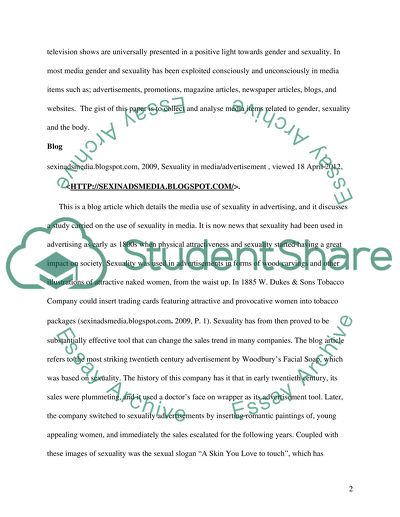Cite this document
(“Media items related to gender, sexuality and the body Essay”, n.d.)
Retrieved from https://studentshare.org/gender-sexual-studies/1397486-media-items-related-to-gender-sexuality-and-the-body
Retrieved from https://studentshare.org/gender-sexual-studies/1397486-media-items-related-to-gender-sexuality-and-the-body
(Media Items Related to Gender, Sexuality and the Body Essay)
https://studentshare.org/gender-sexual-studies/1397486-media-items-related-to-gender-sexuality-and-the-body.
https://studentshare.org/gender-sexual-studies/1397486-media-items-related-to-gender-sexuality-and-the-body.
“Media Items Related to Gender, Sexuality and the Body Essay”, n.d. https://studentshare.org/gender-sexual-studies/1397486-media-items-related-to-gender-sexuality-and-the-body.


